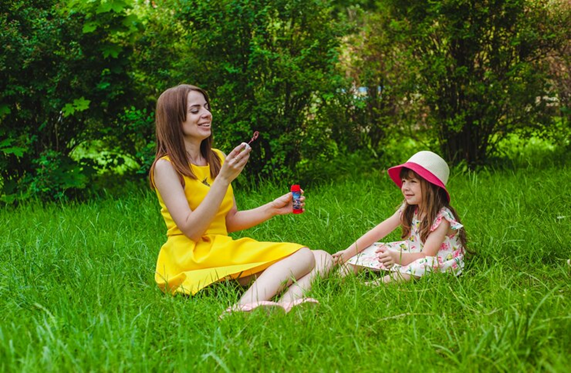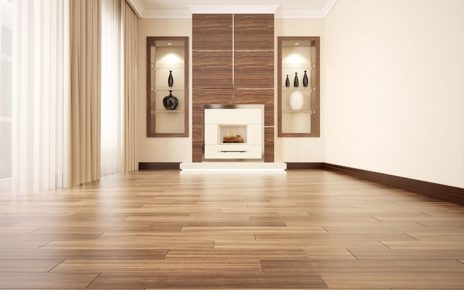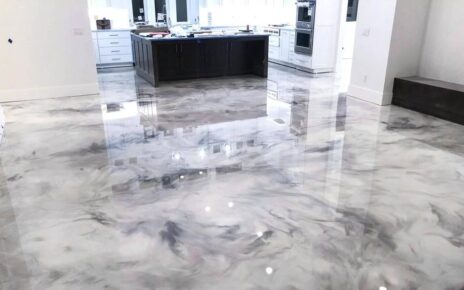Designing a beautiful outdoor area is not an easy task and it’s a process that needs some strategy. If you are designing your landscape from the ground up or considering a redesign of your current space, implementing a range of elements and materials can help you enhance your outdoor space.
As such, several key strategies should be taken into consideration ranging from hardscape design to selecting plants. Here are some recommendations to guide you on how to influence your outdoor design for more creativity and longevity of the landscape. Hence, to learn more in detail, keep reading till the end of this guide.
1. Plan Your Layout and Define Spaces
The first task is to divide the general space and conceive zones for different areas. You need to decide what part of the outdoor space will be used for, for instance, a dining area, a children’s playscape, or a gardening space. To deliver an organized segregation of the designed landscape, they incorporate patios, pathways, and retaining walls as hardscaping features. Hardscape is a beneficial form of landscape design that transforms space into aesthetically appealing and functionally sound mode.
2. Select Durable and Aesthetic Materials
Furthermore, it is essential that when deciding on materials to use outdoors, it is well thought out to achieve the best quality of the design. It is advisable to blend between the natural and artificial elements to propose a rather balanced appearance. For instance, instead of using concrete for pathways and open space paving, one can use natural stone or bricks as natural building materials. Whereas, Clay supply can be an invaluable resource for landscaping needs where quality, sustainable materials are required. Clay products like bricks and tiles are famous for their ageless classy feel and are eco-friendly too.
3. Incorporate Greenery and Plantings
Choose the plants that are suitable for your climate and align with your interior design vision. Shrubs, trees, and flowers should be used to beautify the land and also to ensure that it has the right texture and that it is appealing to the eye.
Furthermore, think about the basic care that your plants will require, and if you do not want to spend much time watering and pruning cuttings, buy low-demand plants. Therefore, different species of plants require dissimilar amounts of water and sunlight; thus, organizing the plants according to these aspects will produce a less complex and more effective design.
4. Add Water Features for Tranquility
Lastly, fountains can create lovely views and bring a certain sense of cleanness and calmness to your outdoor environment. As inputs for water features, you should also think of putting a fountain, pond, or waterfall in your design. Besides, they bring a peaceful feeling and charm to your landscape while at the same time introducing wildlife inhabitants. Moreover, make sure your water elements are well fixed and well maintained so as not to require fixing such as leaky problems or bacterial build up in water.





